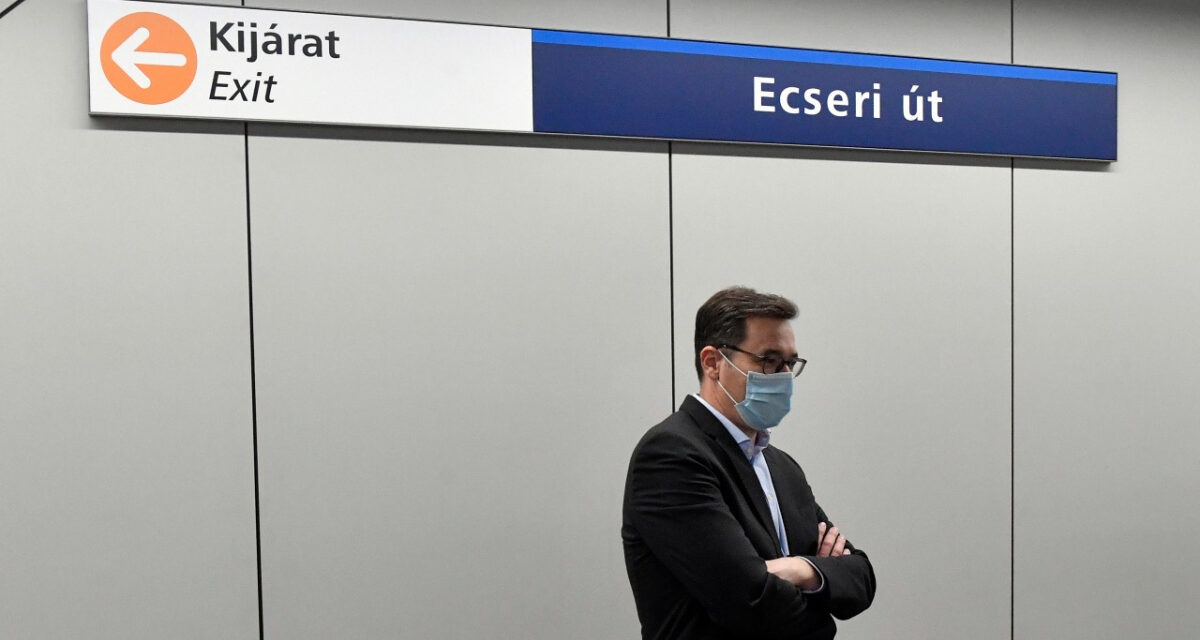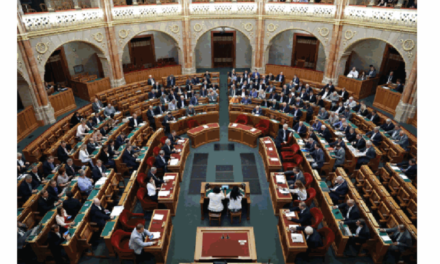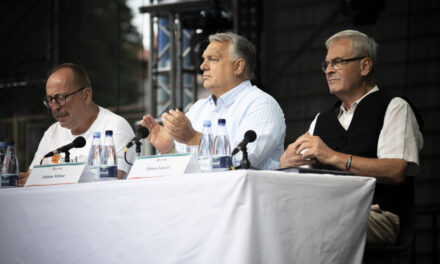BKV admitted that the renovation of metro 3 was delayed, but the mayor later denied this.
It has been a long time since there was such a long, exhausting renovation in the capital, as the renovation involving the entire section of the M3 subway: the big project started five years ago, when the northern side of the 16-kilometer track section was renovated. is used by an average of half a million people during the week , which means that it is the busiest transport route in Hungary.
The loss of the subway connecting Budapest in the north-south direction was a significant problem in the life of the capital: people using public transport had to be transported on replacement buses, which had to create a bus lane in order to move smoothly, so the traffic jams had been permanent since the start of the renovation. In addition, the affected sections are the busiest: a bus lane and even a "BKK lane" were created on Váci út and Kiskörút. The latter is also funny because, according to the public transport company, neither a taxi nor a tracking vehicle can drive there, if only because KRESZ does not know the concept of "BKK lane".
In connection with the downtown metro replacement, bus traffic lanes have been designated on a total of 13 kilometers of road sections for the unhindered and fast movement of replacement buses: on Váci út between Lőportár utca and Csanády utca in both directions, on Váci út between Csanády utca and Nyugati tér in the direction of Nyugati tér in the place of the former parking lane, on Kiskörút between Andrássy út and Kálvin tér in both directions, on Andrássy út from Jókai tér to Erzsébet tér in the direction of Erzsébet tér, on Kálvin tér in the left-turning lane from Múzeum körút to Üllői út, on Üllői út Between Kálvin tér and Delej utca in both directions, BKK wrote two years ago.
Five years of misery
The works started on November 6, 2017 with phased closures. First, the section between Újpest center and Lehel tér was closed and, according to the plan, it should have been renovated within a year, however, the affected section was only allowed to return to passenger traffic on March 30, 2019. Later, that section had to be closed for shorter or longer periods.
The southern section was renewed for a longer time overlapping with the central section between Lehel Square and Nagyvárad Square. The former was completed on October 22, 2020, but the renovation of the latter started at the end of 2019.
The works were slowed down by several factors: the coronavirus pandemic hit during the renovation, as well as the war in Ukraine in February this year, and the asbestos removal was also unplanned, which significantly hindered the works. This is how it happened that although the capital planned to hand over the subway to passengers at the beginning of next year, it was postponed: the BKV confirmed to Világgazdaság that the handover could take place in the second quarter of the year at the earliest.
Mandiner contacted the transport company to find out, in addition to the reasons mentioned above, the three-month delay. In its terse answer, the BKV claimed that the work would be completed by March, but passengers would not be able to use the subway then.
Although official inspections and test runs will begin before the handover in March, this is a process that will be fully completed in the second quarter of 2023."
- wrote the BKV in the template letter it sent.
The Metropolitan Municipality did not respond to the inquiry.
Well, now what?
Gergely Karácsony announced on his Facebook page during the day on Wednesday that, contrary to the information confirmed by BKV, the renovation is not delayed.
Yesterday, almost the entire media was covered by a news story based on a misunderstanding about the slip"
- wrote the mayor, according to whom everything is progressing according to schedule.
According to Gergely Karácsony, "the situation has not changed at all in the past period: the entire section of the M3 can be handed over to passenger traffic in the spring of next year". According to the city manager, the capital's transport company is confident that some stations can be handed over even earlier than planned, so it is especially interesting that BKV has acknowledged the slippage to our portal.
Thank you all for your patience, we only have to wait a few months, and soon we will be able to travel on the renovated and barrier-free M3 metro!"
concluded Karácsony. At the same time, there were reports of slippage and delays in previous years, and there were problems with some contracts and accessibility .
Does the triple become more expensive because of the slippage?
We inquired at BKV whether the current at least a quarterly delay of the blue metro means that the investment will continue to become more expensive, but we did not receive an answer to this question. Világgazdaság data, the entire renovation has a subsidy amount of HUF 217.5 billion, of which HUF 172.72 billion is financed by the IKOP, and HUF 44.77 billion by the central budget . The settlement of the project must be completed by June 30, 2023.
The M2 subway was also a difficult birth
Apart from the construction of metro line four, the last major metro renovation was in the mid-2000s, when line two was also renovated. The reconstruction did not go smoothly either: the works were carried out between 2004 and 2007, BKV ordered new trains from the French Alstom worth 139 million euros, but the cars were not presented until the beginning of 2009. The reason behind the delay was that Alstom had put the Budapest orders back due to a Chinese business , so BKV was forced to run with the old cars on the renovated line for a long time, and by 2008 a third of the Soviet trains were already beyond the scrapping level.
There were several problems with the vehicles of the French company, several errors were found , the National Transport Authority claimed even in the middle of 2010 that the assemblies were not suitable, so they could not receive the final type approval. After a long legal procedure, termination of the contract , and then re-contracting , the license was finally obtained in June 2012, and the first car left on September 7 of that year .
Opening photo: MTI/Zoltán Máthé













